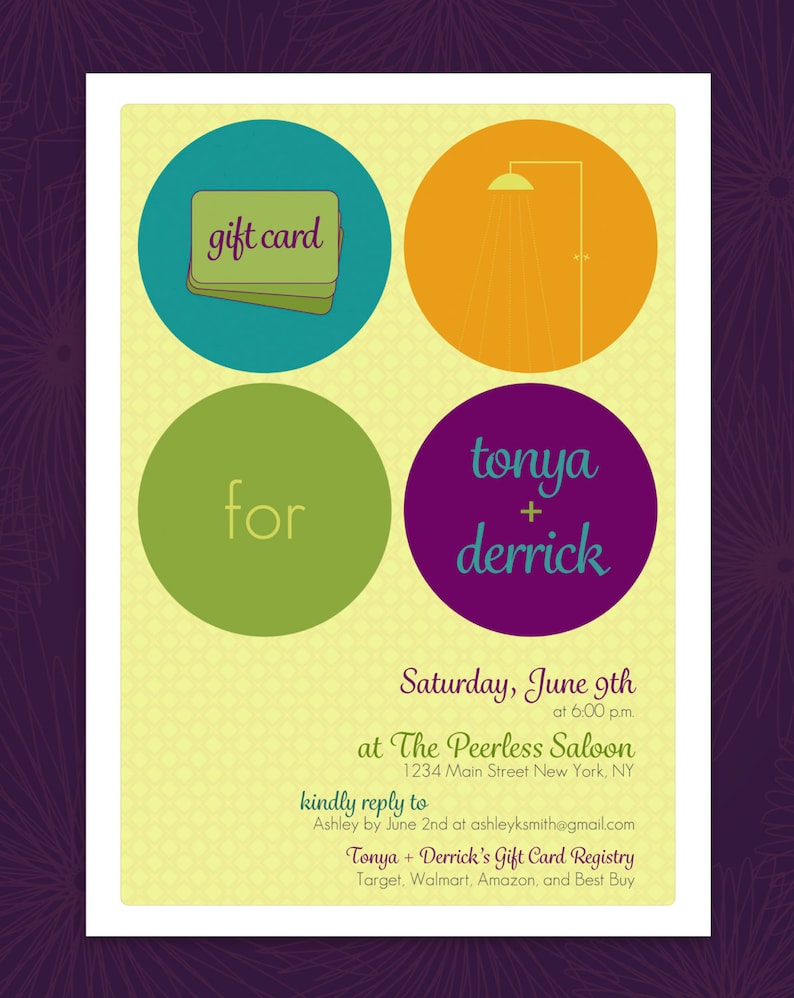Personalized glass honors stimulate a steady spirit of devotion and quality. They cultivate a society of recognition that transcends hierarchical borders.
Wheel engraving is displayed on a goblet most likely made in the 1700s covered with detailed Chinese-style motifs. These motifs revealed loyalty to the Jacobite reason. This is an amazing instance of just how imported Asian products influenced European style trends.
Origins
As glassmaking ended up being a lot more innovative, engravers realised that a design contributed to an item of glass changed it from useful right into desirable. They try out a variety of scraping, abrading and reducing methods.
The most proficient engravers generated fine in-depth job. Anna Roemers Visscher, that was a glass cutter and engraver, was renowned for her fragile blossoms, inspired by the natural history books prominent in her time.
Engravers likewise sculpted great linework right into glass. By the end of the 17th century, engravers had begun to abandon direct clarity in favour of crosshatched chiaroscuro effects. One of the earliest examples is taped on a container by a Rotterdam engraver that authorized his collaborate with a jotted liberty and vigour that lifted it above the rest.
Engraving continued to be a popular technique, although it was increasingly eclipsed by cut glass and new techniques such as etching, which was cheaper than engraving. However, economic pressures after c1905, along with decreasing top quality of cut glass, saw a surge in the popularity of engraved glass, referred to as rock crystal.
Strategies
Glassmakers made use of a selection of methods to mark or embellish the surface of a vessel, frequently incorporating various approaches. One strategy called stipple inscription, for example, uses a point of tungsten or diamond to make small dots on the glass surface area which develop contrasting white lines when light sparkles via them.
Personalized glass honors are valued for their sophistication and reputation. They mirror the deep esteem and regard that business hold for their workers and promote a culture of excellence.
The translucency of glass embodies the transparency and sincerity of company acknowledgment, motivating recipients to take stock of their achievements and review their trip in the organization. Furthermore, the ability of engraved glass to present tailored message and imagery allows for the production of very special and significant awards that stimulate the feeling of grandeur associated with this amazing material.
Styles
From the sleek lines of company honors to the etched text on glass trophies, inscribed crystal is a sophisticated sign of recognition. Whether displayed on someone's workdesk or kept as a keepsake, these customized items communicate a sense of prestige and professionalism and trust that is tough to find in various other materials.
The design of engraved glass has transformed with time to show changing preferences and technological advances. The old technique of copper-wheel engraving has opposed forecasts of obsolescence, and new strategies like etching are taking control of where stippling as soon as held sway.
The earliest diamond-point inscription, of the 16th century, is tight and formal. It gradually became extra supple and pleasing, but could conveniently deteriorate into over-elaboration. In the 19th century Thomas Webb & Sons introduced "rock crystal" with deep cutting and copper-wheel inscription, which mimicked luxury vessels cut of rock crystal in Europe and the Orient (see Ewer by Webb & Sons). The company's major engravers were Bohemian immigrants Frederick Engelbert Kny and William Fritsche, who authorized their deal with a monogram G.
Definition
Engraved glass was expensive and searched for. This was since it involved one of the most demanding glass refining technique and relied on the accuracy and effort of a skilled artisan. The website highest point of engraving was available in the 17th century and was very much a part of the Baroque and Rococo durations.
During this moment, engraved cups could be used to connect messages of social condition. They would certainly show family members crests and political loyalties. They can likewise show off one's taste for the latest style and layout patterns.
Today, engraved glass is still a crucial art form. Nevertheless, advances in innovation and laser technology have streamlined the procedure and made it more exact. The resulting intricate layouts are both sensational and durable. Additionally, new kinds of glass have actually been created to respond much better to lasers. This has actually increased the possibilities for musicians and designers. It likewise decreases the environmental effect of the procedure. For instance, optical crystal is a superb choice for personalized honors because it is clear and shows light well.
